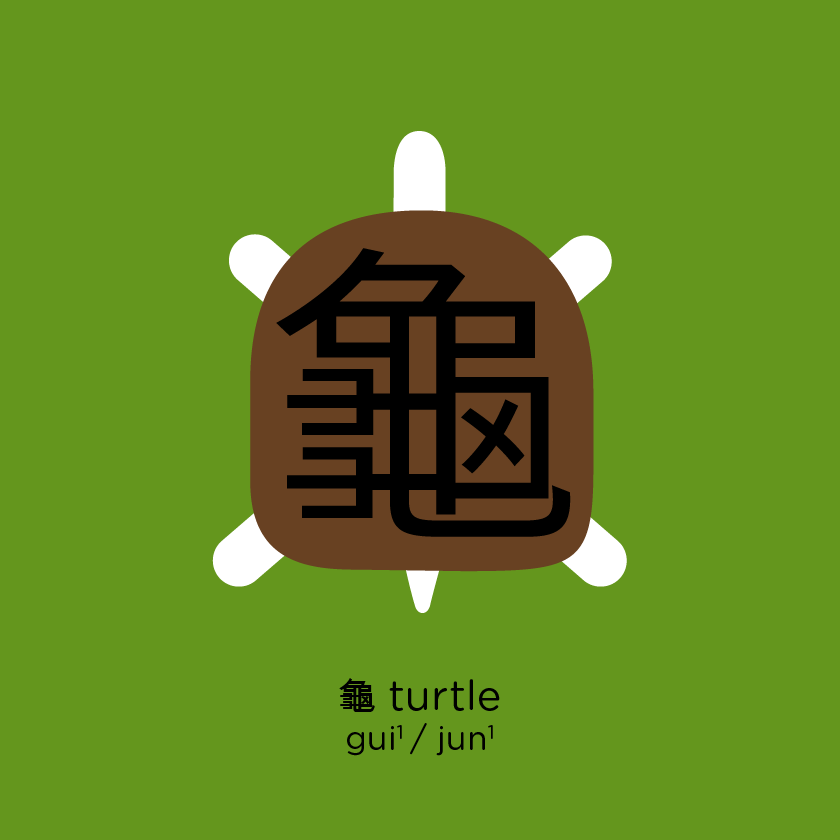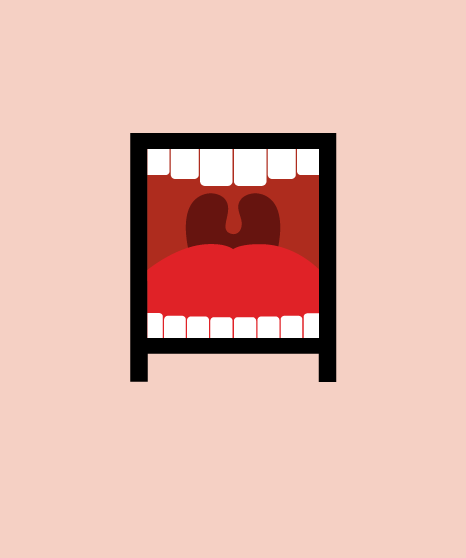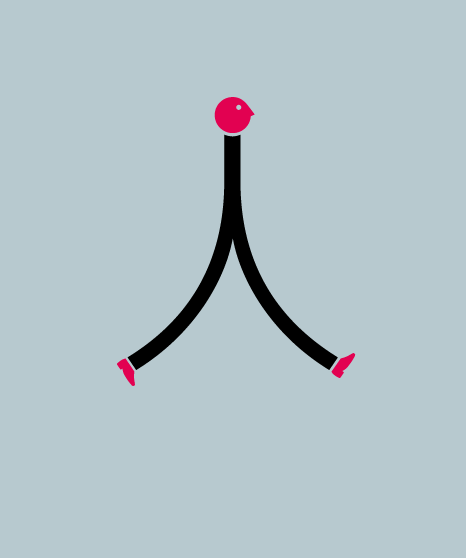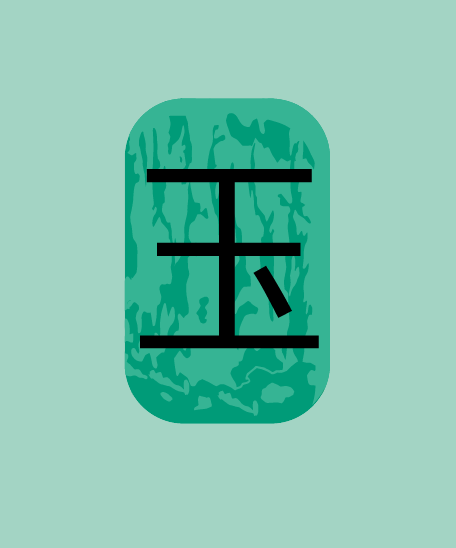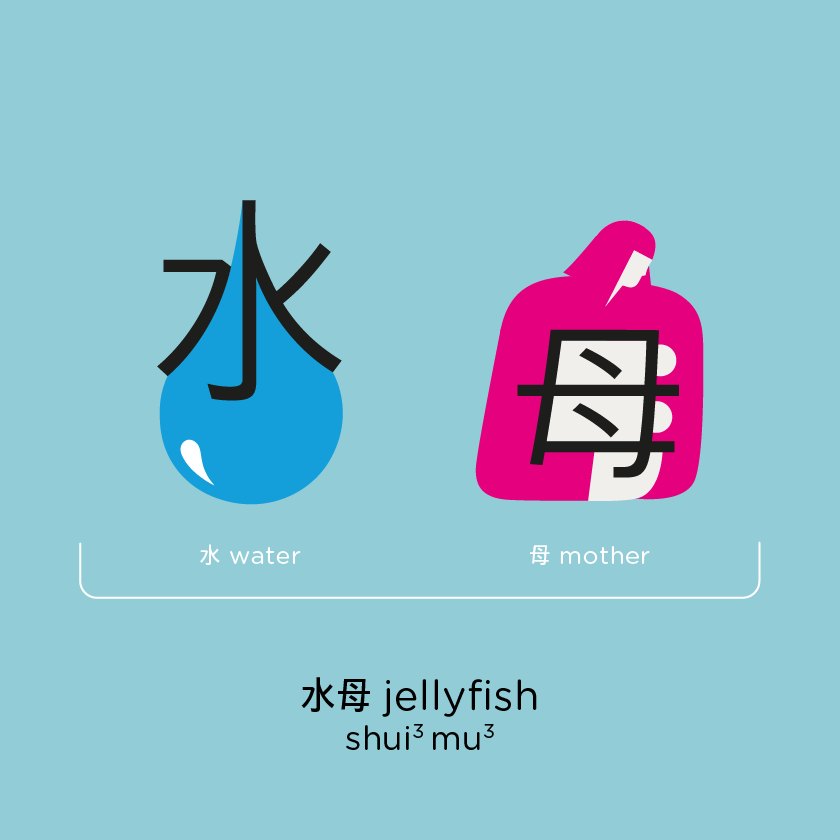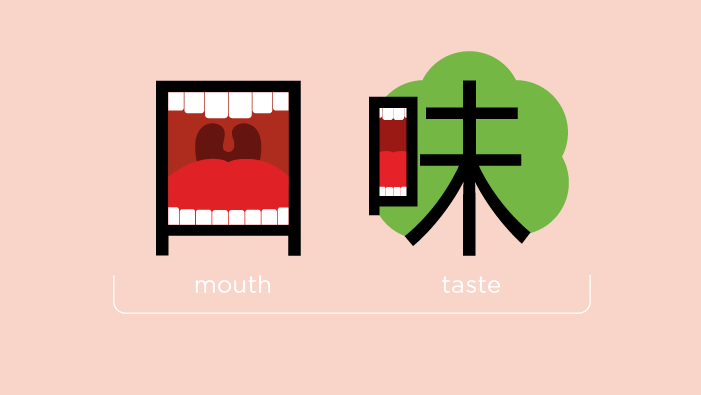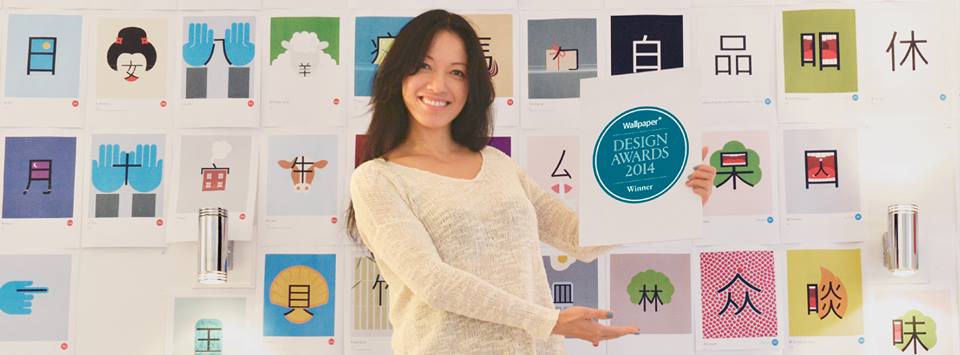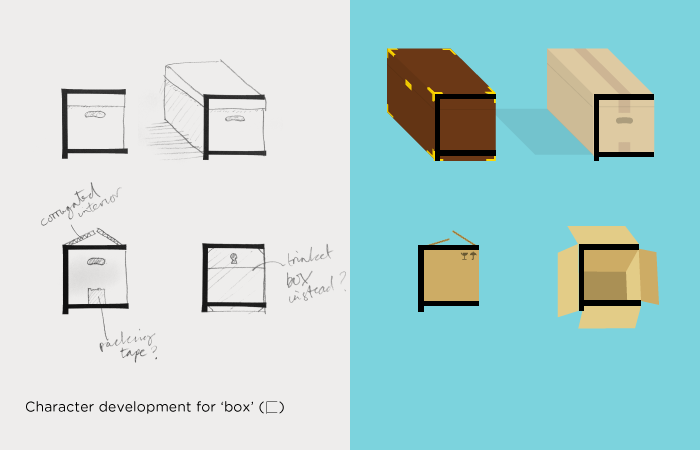[PHOTOS] Chinese For 'Bananas': How To Impress This CNY
A little treat for those who are yellow on the outside and white on the inside, hope this makes the language barrier (if any) a little less tough this Chinese New Year!
London-based Chinese-language teacher Shao Lan created Chineasy - "a bright and engaging illustrated methodology for learning Chinese through fun and whimsical illustrations"
ShaoLan & Chineasy awarded Wallpaper Magazine’s prestigious 2014 Design Award for “Life-Enhancer of the year”.
Image via fbcdn.net"Chineasy allows people to learn to read Chinese easily by recognising common characters through simple illustrations. Behind the charming and engaging illustrations, the entire system is based on a rather complex programme I designed on my computer by breaking down and reconstructing thousands of characters."
"With top 200 most frequently used characters a person will be understand about 40% of the basic Chinese literature"
"The trick is to know how to build phrases by using those characters. This is enough to understand Chinese found in Menus and on road signs."
"Before we even start designing our team researches the definition, origin and history of the character. We then move on to the applications (for example, how to build more characters and phrases) and finally we consider how to make stories out of them."
Image via amazonaws.com"Each character we create has to follow the same three guidelines: they have to look stunning, be stylistically consistent with what we have produced before and most importantly they have to be educationally effective."
chineasy.org

